Preface. I’ve noticed that in the half dozen science magazines and several newspapers I get practically the only environmental stories are about climate change. Yet there are 8 other ecological boundaries (Rockström 2009) we must not cross (shown in bold with an asterisk below) and dozens of other existential threats as well.
Global peak oil production may have already happened in October of 2018 (Will covid-19 delay peak oil? Table 1). It is likely the decline rate will be 6%, increasing exponentially by +0.015% a year (see post “Giant oil field decline rates and peak oil”). So, after 16 years remaining oil production will be just 10% of what it was at the peak.
If peak oil happened in 2018, then CO2 ppm levels may be under 400 by 2100 as existing and much lower emissions of CO2 are absorbed by oceans and land. The IPCC never even modeled peak oil in their dozens of scenarios because they assumed we’d be exponentially increasing our use of fossils until 2400. They never asked geologists what the oil, coal, and natural gas reserves were, assumed we’d use methane hydrates, and many other wrong assumptions.
Meanwhile, all the ignored ecological disasters will become far more obvious. They’re papered over with fossils today. Out of fresh water? Just drill another 1,000 feet down. Eutrophied water? Build a $500 million dollar water treatment plant. Fisheries collapsed? Go to the ends of the earth to capture the remaining schools of fish.
The real threat is declining fossil production, yet climate change gets nearly all the coverage. And I’ve left out quite a few other threats, such as “nuclear war” with 17,900 results since 2016 in scholar.google.com.
…click on the above link to read the rest of the article…



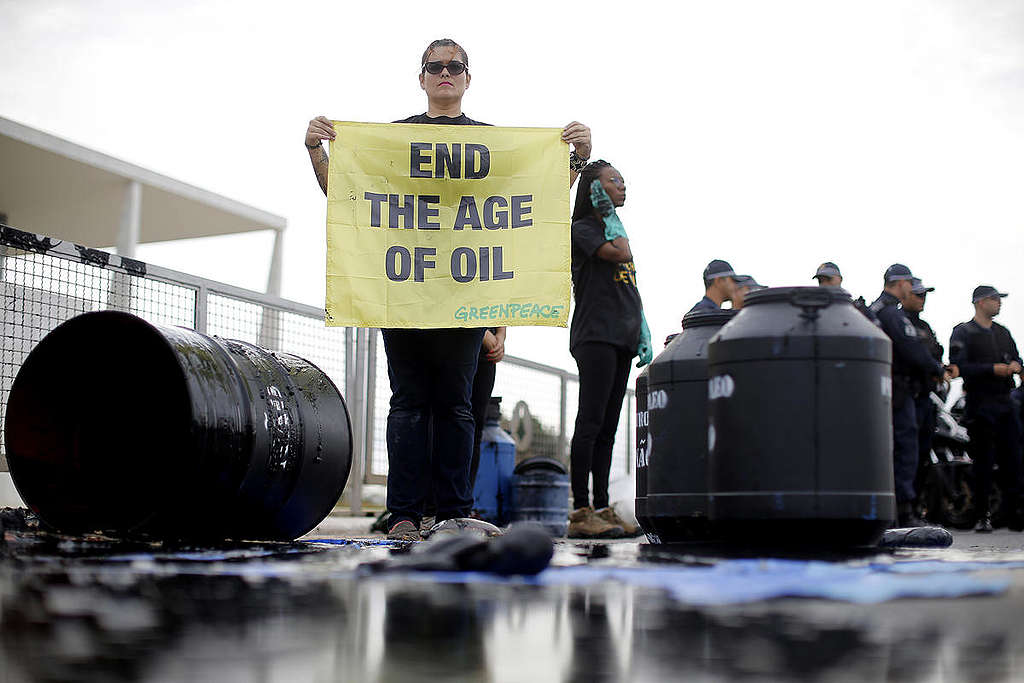
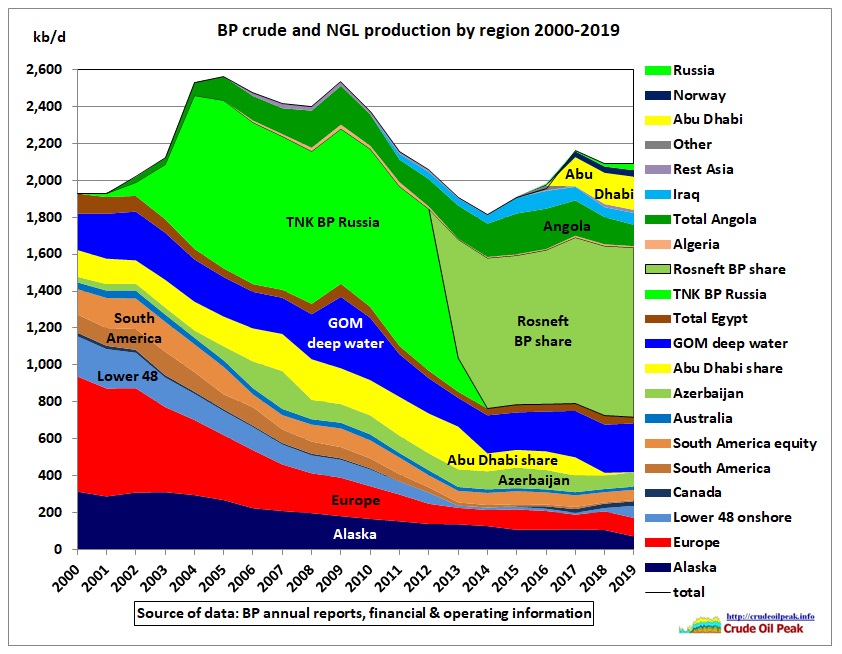 Fig 1: BP is in peak oil mode
Fig 1: BP is in peak oil mode
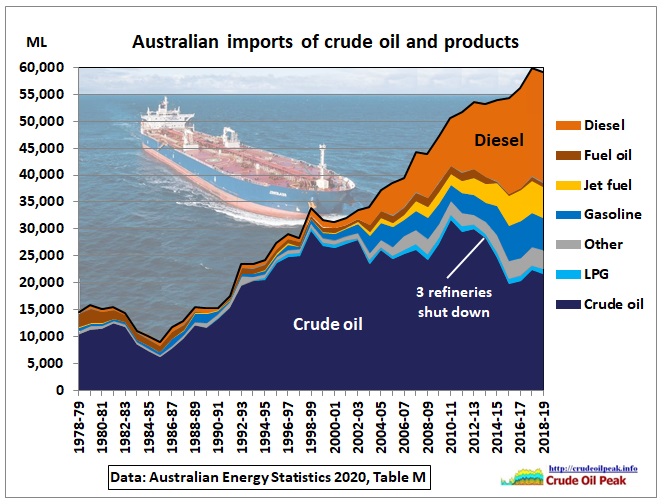 Fig 3: Crude imports dropped and replaced by product imports
Fig 3: Crude imports dropped and replaced by product imports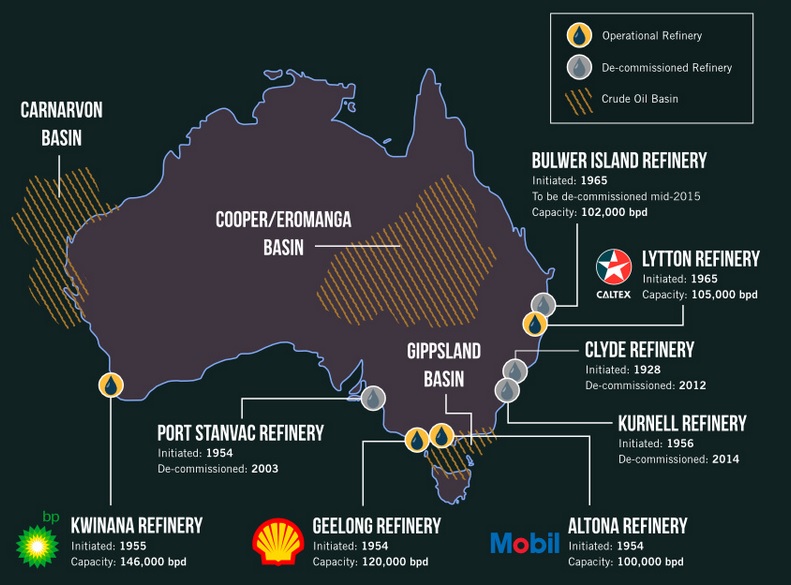 Fig 4: After the Kwinana closure there will be only 3 refineries
Fig 4: After the Kwinana closure there will be only 3 refineries

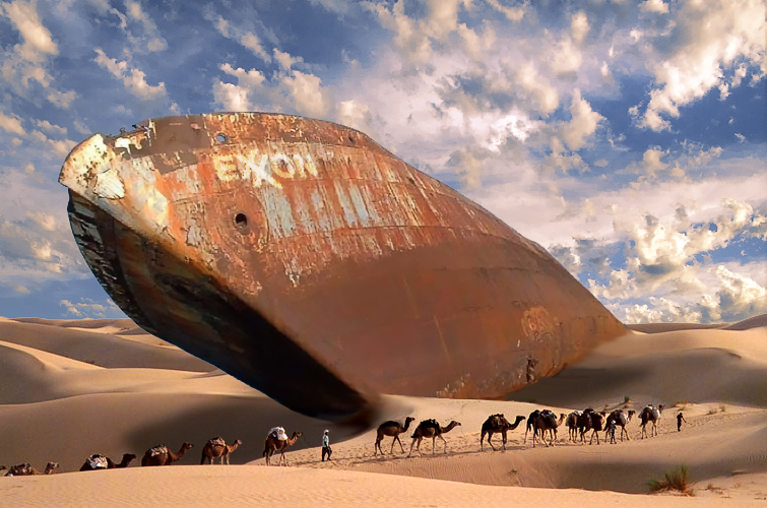


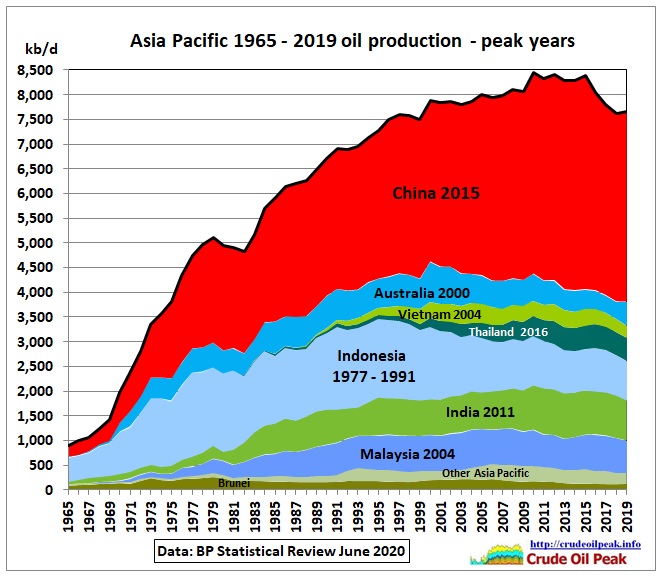 Fig 22: The peak of the largest producer China determined the Asian peak
Fig 22: The peak of the largest producer China determined the Asian peak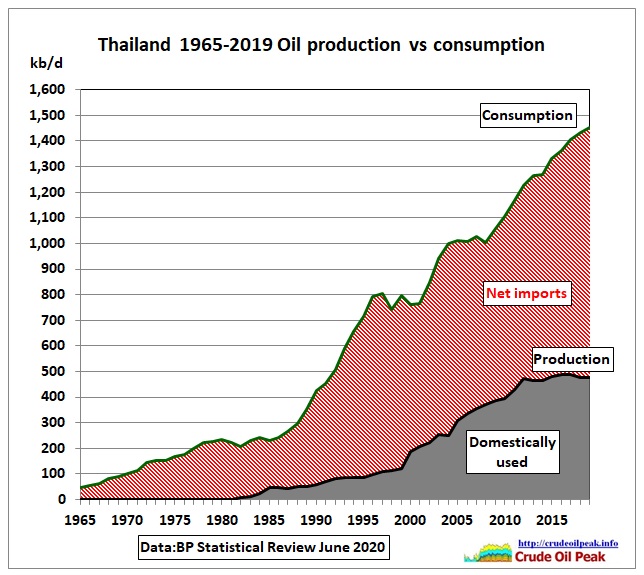 Fig 23: Thailand is the 3rd largest net importer in Asia …
Fig 23: Thailand is the 3rd largest net importer in Asia … Fig 24: … closely followed by Indonesia
Fig 24: … closely followed by Indonesia Fig 25: Indonesia had higher oil consumption growth rates
Fig 25: Indonesia had higher oil consumption growth rates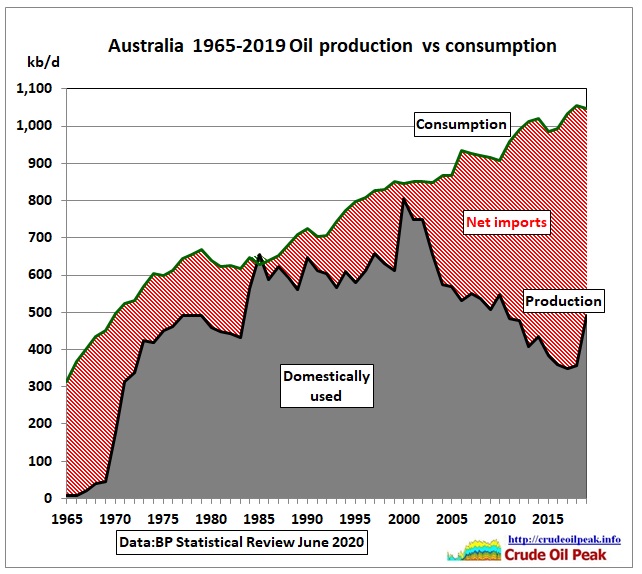 Fig 26: Australia’s net imports have dropped by 150 kb/d in 2019 due to a production increase
Fig 26: Australia’s net imports have dropped by 150 kb/d in 2019 due to a production increase Fig 27: Vietnam experienced a tripling of net oil imports in the last 4 years
Fig 27: Vietnam experienced a tripling of net oil imports in the last 4 years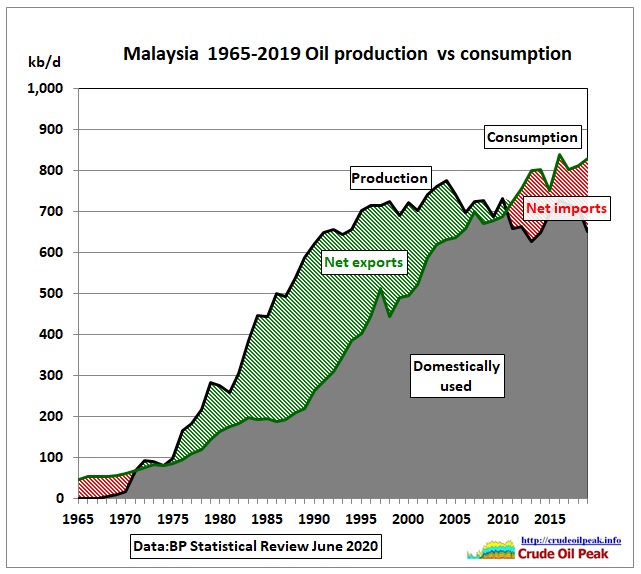 Fig 28: Malaysia is net importer since 2011
Fig 28: Malaysia is net importer since 2011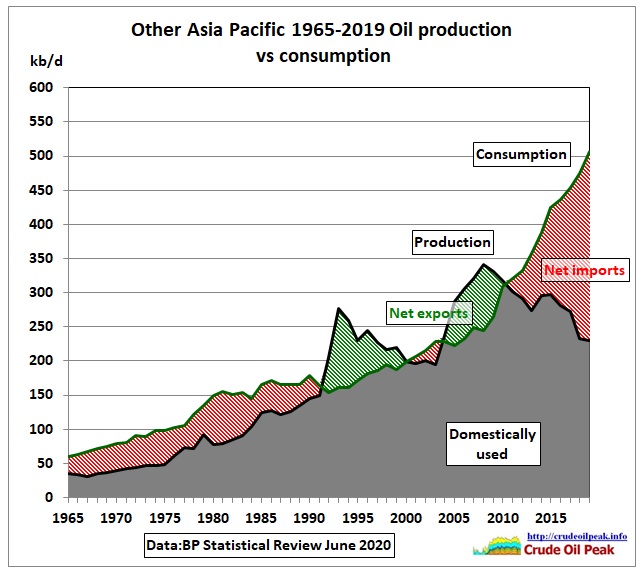 Fig 29: Other Asian countries have doubled net imports since 2015
Fig 29: Other Asian countries have doubled net imports since 2015 Fig 30: By 2010 all these countries had become net oil importers
Fig 30: By 2010 all these countries had become net oil importers



Today’s Contemplation: The Coming Collapse VIII
October 30, 2020
Today’s Contemplation: The Coming Collapse VIII
Once again, a comment I posted in response to an article on The Tyee.
Where to begin? I realise this article is primarily about a federal political party and its future but there are two underlying issues that are discussed that need far more exploration and understanding if we are going to be projecting where a particular party or even government will be down the road (let alone the entire world).
If we are going to be discussing energy and Peak Oil then there is SO much more to bring into the conversation. Yes, politics plays a role (as it always does) but the topic is vastly wider than sociopolitics. It encompasses virtually everything in our complex, globalised industrial world. Everything. From the way we create potable water, to how we feed ourselves, to how we build and heat our homes (I’ve purposely focused on the three items we NEED to live…everything else is icing but just as dependent on energy, especially fossil fuels).
First things first. There is NO substitute for fossil fuels. At least not one that can sustain our current world the way it is configured. No, alternatives to fossil fuels cannot do it. They are not ‘clean’ as the mining, refinement, and manufacturing processes for them are environmentally damaging. They have a low energy-return-on-energy-invested (EROEI) and provide little ‘bang for the buck’. They cannot fuel many important industrial processes such as steel and concrete production. They depend very much on continued exploitation of fossil fuel, both upstream and downstream. They are NOT a panacea.
We are stuck with fossil fuels, until and unless we are ready and willing to give up probably 90% or more of what we consider ‘modernity’.
…click on the above link to read the rest of the article…